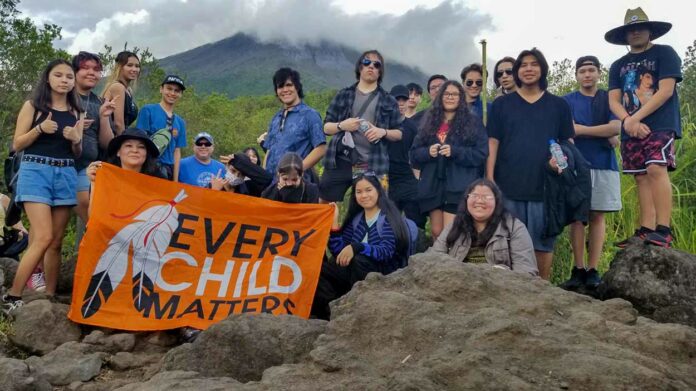An addendum to the glyphosate debacle
To the Expositor:
First, I wish to extend my deep gratitude to Paul Darlaston of Kagawong and other concerned citizens in their ongoing battle against the use of glyphosate (aka Roundup) by our private (Hydro One) and public (MTO) institutions. I cannot believe that in 2023, despite the public release of the Monsanto papers in 2017, and the 2018 lawsuit against Monsanto’s cancer causing Roundup, that we are still having to plead to stop the use of this dangerous compound. If the threat of cancer in humans or animals is not enough to deter its use, how about the threat of the demise of pollinators and a resulting crash of the food web. I wish to expand on the serious threat that these herbicides are inflicting on our pollinators and will use the honeybee and monarchs as the examples. I also wish to enlighten the prevalence of this herbicide.
In 1962, a book ‘The Silent Spring’ by Rachel Carson was written. It documented the environmental harm caused by the indiscriminate use of pesticides. Since then, much evidence has shown how pesticides, such as neonicotinoids, have had a helping hand in honeybee colony collapse. There is no debate about this. These compounds are used in veterinary medicine to kill fleas through paralysis…and it isn’t a giant leap to know that the nervous system of the flea and bee are pretty similar. There have been moratoriums placed on the use of these compounds in some countries, and the bee populations bounced back. Herbicides, like Roundup, however, are also another incriminator. In 2020, two Quebec beekeepers lost 50 percent of their 600+ hives while being prepared for travel for blueberry pollination. At the time of the kills, herbicides were being sprayed on a nearby field in windy conditions. The chemicals being sprayed were a mix of Vios G3 (Bayer) and Roundup (Glyphosate) and Eugenia (BASF).
It’s not just honeybees. There has been documented loss of insect diversity across the board. I often ask folks if they remember the days when their windshield used to be splattered with bugs when they would go for a drive in the summer. These seem very rare now. And as for the monarch, when herbicides are used to kill milkweed, this is their only food source. Not only do they have to battle the elements, but now they have to battle starvation.
If we have no pollinators, we have no food. Pollinators are responsible for 75 percent of our food, and 80 percent of our flowers. They also feed the next level up on the food chain—birds. If the chain starts to break “we all fall down.”
Glyphosate is more prevalent than one realizes. Originally used as a metal stripper, it is used to kill broadleaf weeds and is used as a desiccant. It is used to dry wheat grains before storage so you will find it in all non-organic flour and flour products you buy (human and pet food). It is used to kill off deciduous trees in agroforestry so that Jack pines and spruce will dominate (sprayed on forests via helicopters). It is used on hayfields before tilling in a tired field. It is used on Roundup ready crops such as genetically modified crops of canola, soy, corn, alfalfa and cotton to kill off competing weeds (dandelions and such). And of course, it is used by homeowners in search of that perfect “green” lawn.
Seeing how prevalent this compound is, I am reminded of phrase, “the dose makes the poison.” In other words, although it would be wonderful to ban this compound entirely, I know that economics and corporate greed will not allow it to happen. So, can we reduce it as much as possible to mitigate its harmful effects?
Lastly, for those who think that this may be a “Chicken Little” letter I strongly suggest watching the 2022 documentary ‘Into the Weeds’ on CBC Gem (free streaming). It is the story of the 2018 lawsuit against Monsanto for causing non-Hodgkin’s lymphoma in a groundskeeper who was using Roundup. It is comprehensive and contains all the evidence that we need to stop the use of these extremely harmful products.
Please, limit or don’t use “cides” at all, and share this information.
Janice Mitchell
Tehkummah





